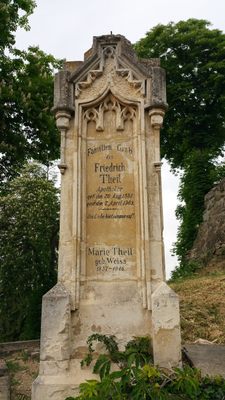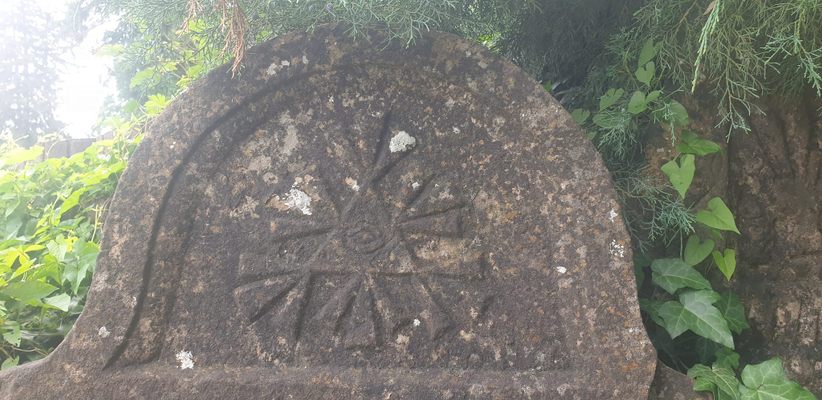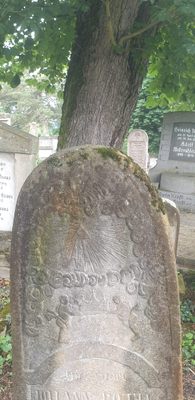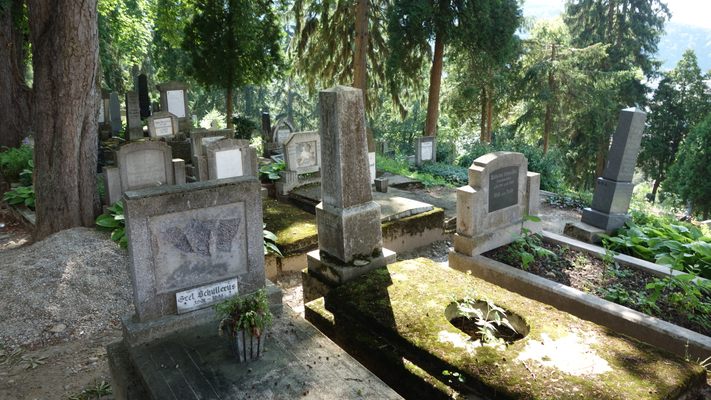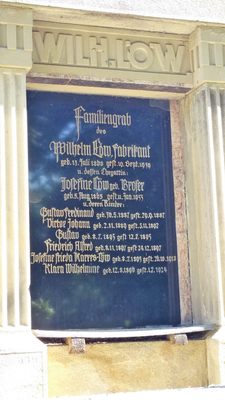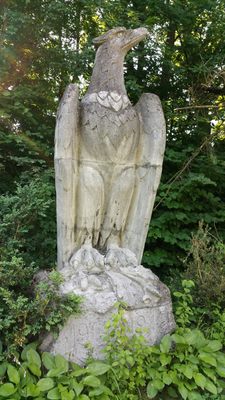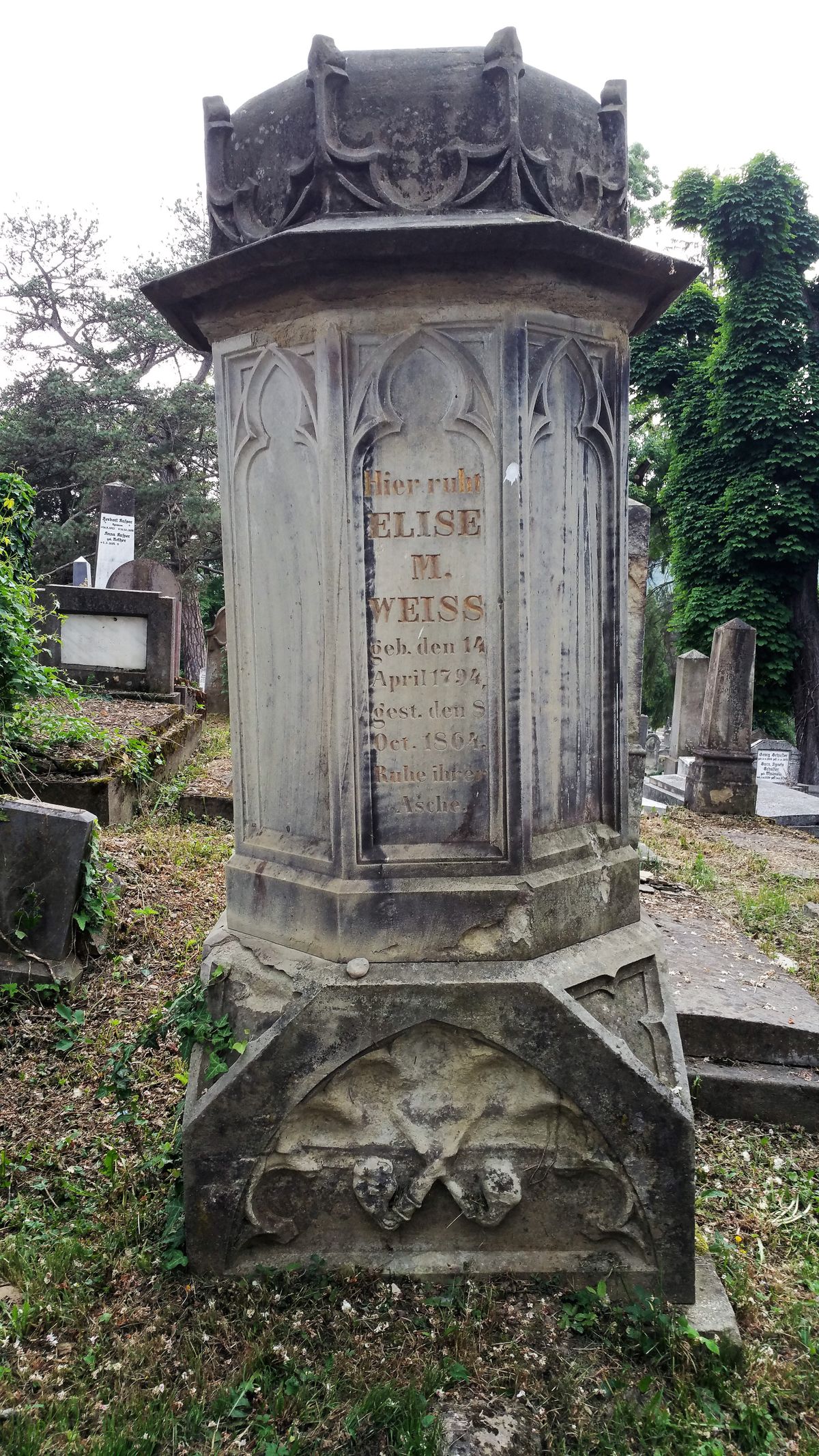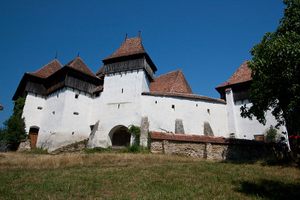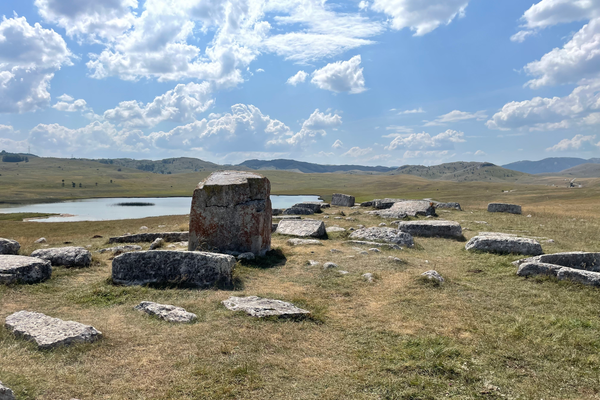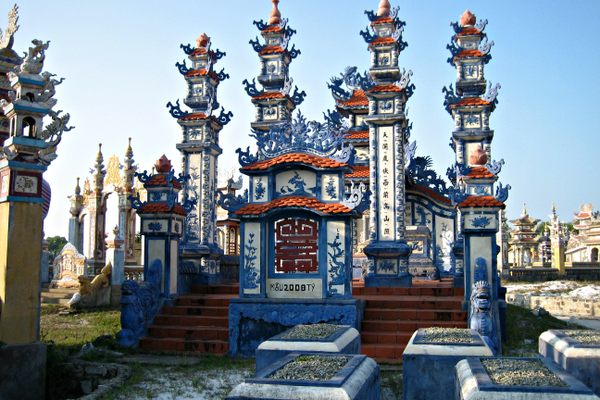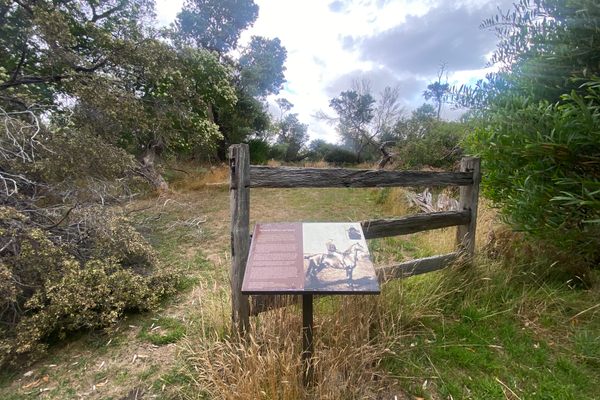About
This German cemetery looks like a fairytale graveyard. It’s old, but not crumbling, and orderly, with beautiful sculptures and winding paths.
The Saxon Cemetery in Sighișoara occupies the entire west slope of the hill where the medieval citadel stands. Construction of the church on the hill started in 1345 and in 1350, the first defensive wall was built around the town. Initially, the dead were buried around the church, but as the need for space grew, the plot just outside the upper gate of the fortification was turned into a cemetery that exists to this day.
As invasions ceased and the defense towers became obsolete, the Ropemakers' Tower that guards the exit toward the cemetery was decommissioned and given to a poor family to be used as their residence. In exchange, the members of that family had to ring the bell at 7:00 a.m., noon, and 7:00 p.m. and maintain the alleys.
When the Reformation came, the city’s German population plus some of the Hungarians switched to Lutheranism. The cemetery tells impressive stories of the strong belief, work ethic, and family values of the Protestants.
Some of the oldest surviving Protestant tombstones are from the early 1700s and bear not only the names, but also the occupations of those buried there. You’ll spot the final resting places of stone masons, builders, weavers, tailors, blacksmiths, and more. The Saxons took great pride in their achievements and it is not uncommon to find titles "Chief of the Guild" or "Master Carpenter" added next to their occupations. Other gravestones were used to stabilize the slopes and are now unreadable, worn by rain and wind and covered in ivy and moss.
The Church on the Hill holds the beautifully decorated tombstones of the most important people from the 1600s and 1700s, like mayors, friars, and wealthy guild masters. One of the most impressive monuments belongs to a wealthy industrialist born in 1860. His tombstone reveals the fact that four of his children died before reaching the age of five, probably because of an epidemic. Not much could be done about it, as there were no means to combat it at the time.
If you continue to explore downhill and exit the secondary gate, you’ll find yourself on a beautiful, narrow path with trees and shrubs all around. On the left side there is the Catholic cemetery, followed further down by the Orthodox one. There, between the shrubs, lies the monument to the soldiers who fought and died in World War I, a small group of identical crosses and a tall eagle.
Related Tags
Know Before You Go
The cemetery can be visited for free and is open from 8:00 a.m. to 8:00 p.m. daily. Be prepared for a hike, as one has to climb the world's oldest wooden-covered stairwell to reach the summit. Built in the mid-1600 there are over 170 steps to this staircase.
Wear practical and sensible shoes, and be aware the ground in the cemetery is uneven and contains slopping slippery surfaces.
Legends of Romania: Castles, Ruins & Culinary Delights
Discover Romania's Medieval Castles & Culture.
Book NowCommunity Contributors
Added By
Published
November 23, 2018






